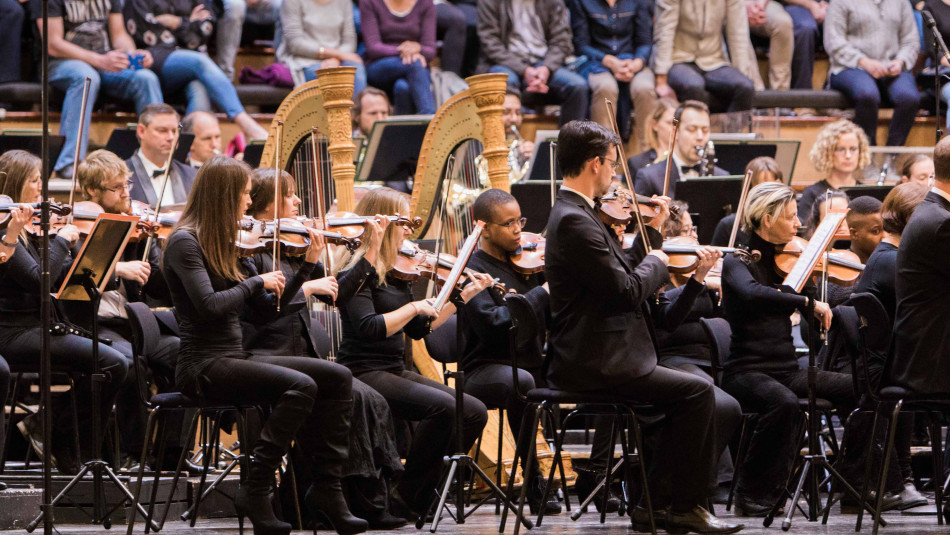
Serenade für Grosses Orchester, Op. 5
The modern premiere of Wilhelm Grosz's Serenade für Grosses Orchester, performed by the Cape Town Philharmonic Orchestra, under Conrad van Alphen.
| Date | 14th September 2017 |
|---|---|
| URL | https://vimeo.com/241711052 |
| Format | Video |
Wilhelm Grosz began instruction at the Vienna Music Academy, studying piano under Richard Robert, and compositional theory with Richard Heaberger, Robert Fuchs and Franz Schreker. He won the Zusner Prize at the Academy in 1917, and works were performed by the Vienna Philhamonic under Felix Weingartner. Recent evidence suggests that Serenade received its premiere with the Staatskapelle Dresden in early 1921, with the work repeated in performance by the Vienna Philharmonic a month later. Serenade is one of the works of the early period, where interest is still firmly typical of the late Romantic idiom, through the use of large and unusual orchestration and complex harmonic relations. During this period, Grosz wrote Lieder for piano and orchestra, violin and piano sonatas, solo works for piano and a piano concerto.
Following graduation in 1920, Grosz began work as chorus master for the Mannheim National Theatre. He began to write music for the stage from 1921, with settings for two of Franz Werfel’s plays, and found success with the premiere of his one-act opera Sganarell (after Molière). In 1924 the feared critic Julius Korngold (father of composer Erich Wolfgang Korngold) wrote that ‘in comparison with all of these other would-be Mahlerians, Wilhelm Grosz rises far above and is already much more established.’ Grosz changed aesthetic direction after attending the 1922 Festival of Chamber Music in Salzburg, and committed the rest of his compositional career to exploring complex rhythms and popular contemporary art forms, particularly jazz and dance. In 1927 he moved to Berlin to take up post as artistic director of Ultraphon Recording Company. Here the composer wrote a song cycle with the poetry of Langston Hughes, two ballets and a burlesque, and began to compose movie scores and popular schlagers. In 1933 he fled back to Vienna, and moved to London a year later, where he adopted pseudonyms and wrote some of the most popular songs of the 1930s: Isle of Capri, Harbor Lights, Red Sails in the Sunset and a dozen others. In 1939 he travelled to the United States to negotiate a contract with Warner Studios. Stranded by the war and separated from his young daughter, the strain of these factors induced a fatal heart attack in December that year. © Dr. Joseph Toltz, The University of Sydney


